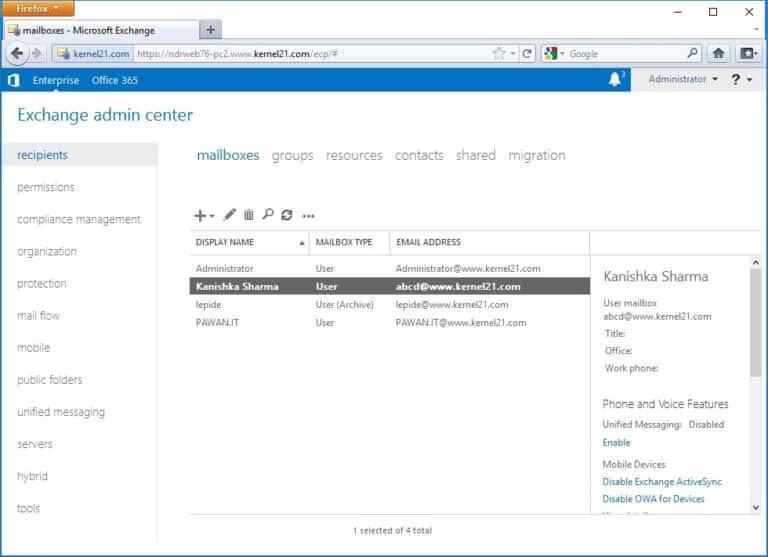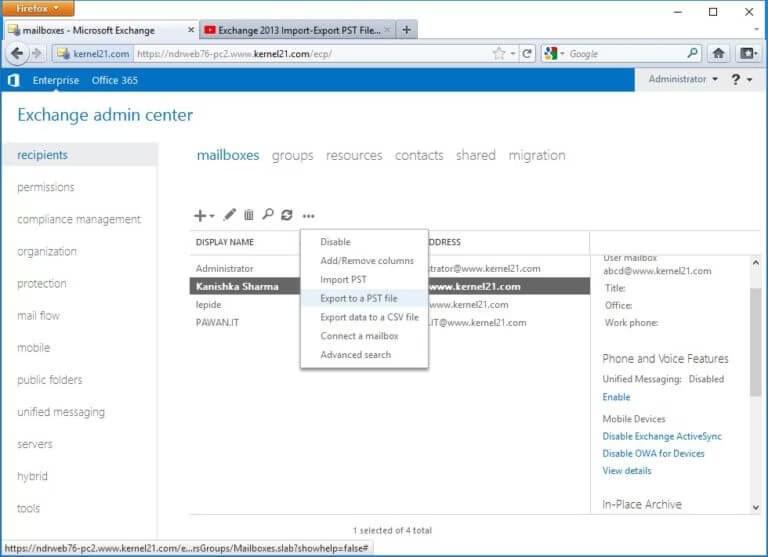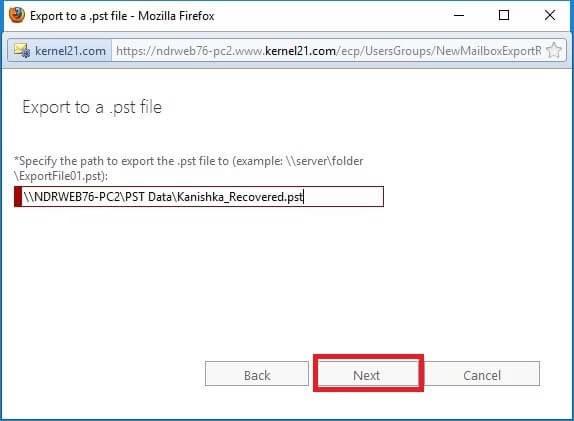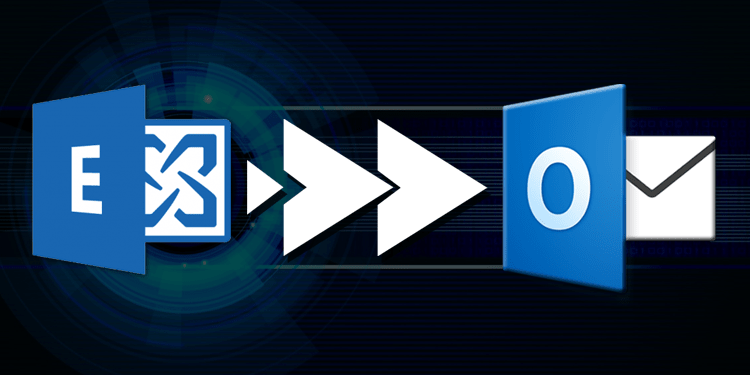Is your organization using a Microsoft Exchange mail server and you are looking for a cheaper way to backup the entire server? Converting Exchange EDB files to PST format may be an easy solution. In this article, we will talk about the reliable and free methods to convert Exchange EDB to PST files.
The Advantages of Exporting an EDB Mailbox to a PST:
There are many benefits to exporting your Exchange mailbox to PST. First and foremost, exporting your mailbox will ensure that all of your messages are easily accessible should you need to move your mailbox to a new computer or device. Additionally, exporting your mailbox to PST will allow you to keep your email messages organized in a more user-friendly format.
Finally, exporting your mailbox to PST will allow you to keep your email messages in a format that is compatible with other email applications, such as Outlook or Gmail. Besides, PST files can also be easily used for backup purposes.
Why is the Exchange EDB to PST migration needed?
Organizations are constantly looking for ways to improve their efficiency and reduce their workload. Mail migration is one of the most effective ways to achieve these goals. An Exchange EDB to PST migration is a process that allows you to move your email data from your Exchange server to a PST file. This process can help to reduce the amount of time that you spend managing your email, and it can also help to improve your organization’s compliance with email storage and retention requirements.
One of the benefits of the Exchange EDB to PST migration is that it can help to improve the efficiency of your email workflow. This is because Exchange EDB to PST migration can help to reduce the amount of time that you spend managing your email. Additionally, Exchange EDB to PST migration can help to improve your organization’s compliance with email storage and retention requirements.
If you are interested in the Exchange EDB to PST migration, then you should contact a qualified migration service provider. These providers can help you migrate your email data to a PST format.
What you should know before converting an Exchange EDB to a PST file?
If you are looking to migrate your Exchange EDB to a PST file, there are a few things to keep in mind.
- First, make sure you have a backup of your Exchange EDB file in case anything goes wrong during the conversion process.
- Second, you will need to have the appropriate software installed on your computer in order to convert your Exchange EDB to a PST file.
- Third, make sure you understand the conversion process and follow the instructions carefully.
- Fourth, be patient — the conversion process can take a while depending on the size of your Exchange EDB file.
Finally, once the conversion is complete, make sure to test the migration to make sure it works as expected.
Free Methods to convert Exchange EDB to PST files
There are many methods available to convert Exchange EDB to PST. A easiest and time-saving but paid option is to use an EDB to PST converter. You can check out the Regain EDB to PST Converter; it’s very reliable and easy to use. This tool will take the files from the Exchange server and create a new PST file.
Another option is to use an available Windows utility to migrate the emails from the Exchange server to a new PST file. However, we have discussed some free-of-cost methods as follows:
Convert EDB to PST using the Exchange Admin Center
If you are looking to convert your Exchange Active Directory (EDB) to PST, you can use the Exchange Admin Center. This process will walk you through the ten easy steps.
- Launch the Exchange Admin Center.
- In the navigation pane, click Mailbox.
- Then in the Mailbox list, select the mailbox you want to convert.

- In the ribbon, click the Mailbox Import button.
- Next, in the Import Mailbox dialog box, select the EDB file you want to convert.

- Click the Next button.
- In the Mailbox Import Wizard dialog box, review the information and click the Next button.
- In the File Distribution Options dialog box, review the instructions and click the Next button.

- Afterwards, in the completed mailbox import wizard dialog box, review the information and click the Finish button.
- After completing all the steps as instructed by the Exchange application, lastly click “finish”.
That’s all the steps of using the Exchange Admin Center to migrate from EDB to PST.
Convert EDB to PST using the Exchange Management cmdlet.
Convert EDB to PST with the Exchange Management cmdlet that you generally use to move email messages from an Exchange database to a personal storage area, such as a PST file. You can use this cmdlet to move email messages from an on-premises Exchange server to a cloud-based Exchange server or to a PST file on a local computer.
To use this cmdlet, you must have the Exchange Management Shell installed on your computer. You can access the Exchange Management Shell by clicking Start, clicking Administrative Tools, and then clicking Exchange Management Shell.
To use Exchange Management cmdlets or Shell, you may need some coding skills. Here, check out Microsoft’s guidelines to perfectly perform the steps.
Conclusion
We have discussed two free methods to convert Exchange EDB to PST. But the second part of using cmdlets is somehow quite hard for non-coders. Therefore, you can consider using the Regain EDB to PST Converter tool. It is easy to use and perfect for any advanced EDB conversion.




























